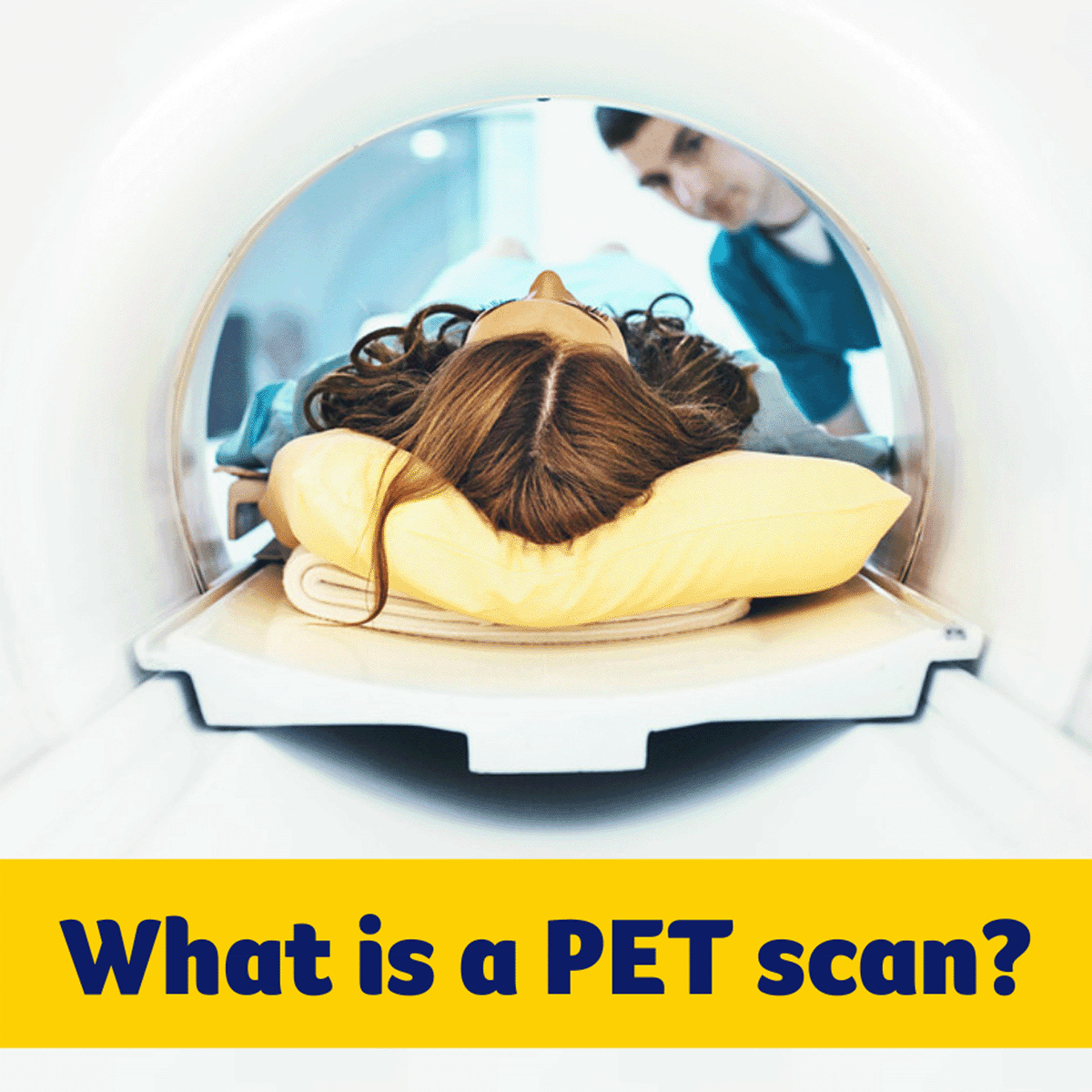A Positron Emission Tomography (PET) scan is a type of imaging test that uses mildly radioactive glucose solution to help diagnose a variety of conditions, including cancer.
You might have a PET scan to:
- Find tumours
- Determine if a lump is cancer, where it is, how big it is and if it has spread
- Determine how you are responding to treatment and monitoring for spread or recurrence
What to expect at a PET Scan?
During a PET scan, a small plastic tube called a cannula is inserted into the arm to inject a small amount of mildly radioactive glucose solution to act as a “tracer” into the body. Cancer cells have a higher metabolic rate than normal cells, and as a result, they absorb more of the glucose solution than normal cells. The PET scan is able to detect this uptake and display it as brighter areas on the resulting image.
After the injection, patients typically wait between 30-90 minutes to allow the solution to circulate through their body. The scan itself takes about 30 minutes and involves lying as still as possible on a flat bed that slides into a large, tunnel-like machine.
Some people may feel claustrophobic during a PET scan. If you feel anxious or uncomfortable in confined spaces, let your doctor or nurse know. Are there any risks? A PET scan is considered a safe medical procedure. The scan exposes you to about the same amount of radiation you would receive in the general environment over approximately three years. If you have any questions or concerns, speak to your doctor or radiologist or call our Cancer Nurses on 13 11 20.
